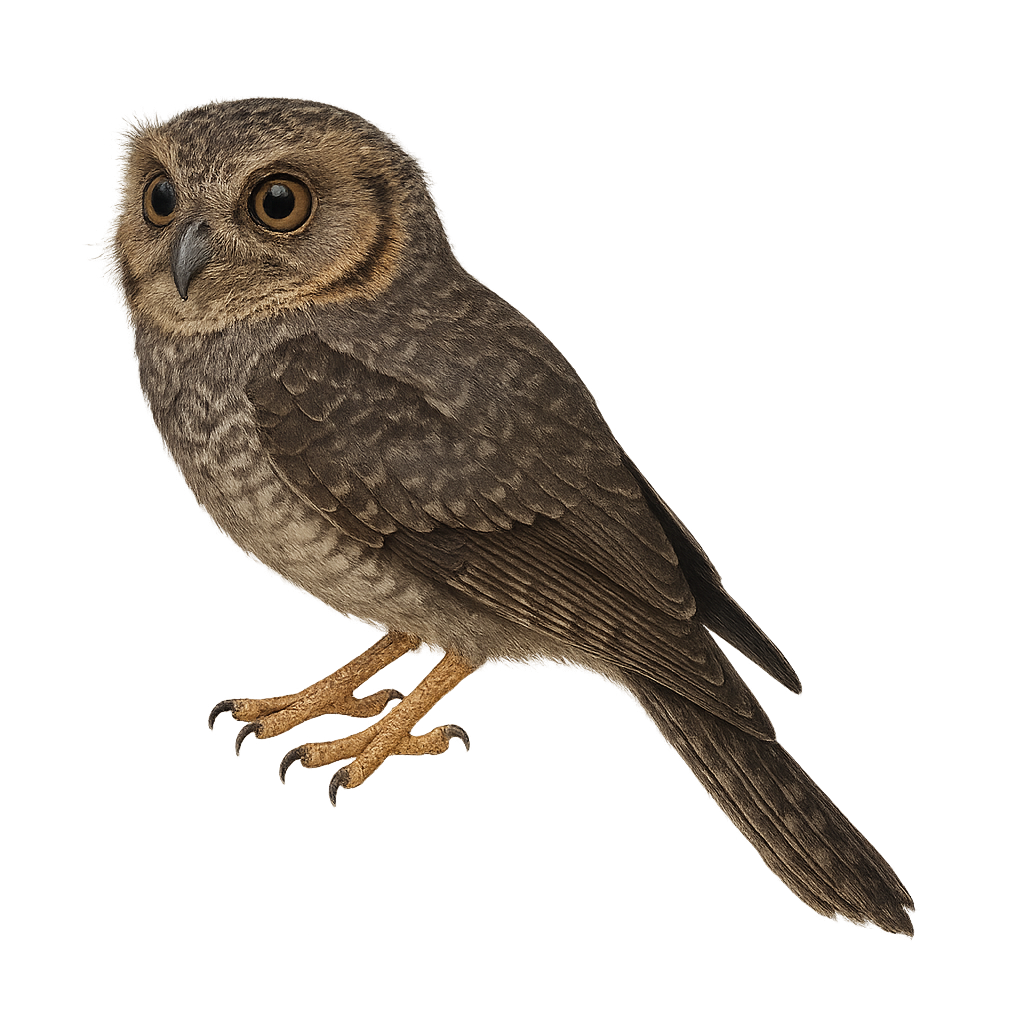Your wildlife photography guide.
Explore the australian owlet-nightjar in detail, study its behavior, prepare your shots.
Where to observe and photograph the australian owlet-nightjar in the wild
Learn where and when to spot the australian owlet-nightjar in the wild, how to identify the species based on distinctive features, and what natural environments it inhabits. The WildlifePhotographer app offers tailored photography tips that reflect the australian owlet-nightjar’s behavior, helping you capture better wildlife images. Explore the full species profile for key information including description, habitat, active periods, and approach techniques.
Australian Owlet-nightjar
Scientific name: Aegotheles cristatus

IUCN Status: Least Concern
Family: AEGOTHELIDAE
Group: Birds
Sensitivity to human approach: Suspicious
Minimum approach distance: 10 m
Courtship display: August to November
Incubation: 27-30 jours
Hatchings: August to December
Habitat:
Eucalyptus forests, open woodlands, savannas
Activity period :
Mainly active at night, generally discreet during the day.
Identification and description:
The Australian Owlet-nightjar is a small, nocturnal bird belonging to the Aegothelidae family. It is identifiable by its grey-brown plumage, distinctive white eyebrows, and large eyes adapted for night vision. This bird is primarily endemic to Australia, inhabiting various forest types, including eucalyptus forests and open woodlands. It feeds mainly on insects, which it catches in flight or by foraging through foliage. The Australian Owlet-nightjar is known for its melodious song and varied calls, often heard at dusk and dawn. Although discreet, it is sometimes observed perched at the entrance of tree cavities, where it nests and rests during the day.
Recommended lens:
400 mm – adjust based on distance, desired framing (portrait or habitat), and approach conditions.
Photography tips:
To photograph the Australian Owlet-nightjar, it is advisable to use a telephoto lens of at least 400mm to capture detailed images without disturbing the bird. Look for wooded areas where it is likely to perch at the entrance of tree cavities. Be patient and discreet, as this bird is suspicious. The best photography opportunities often occur at dusk or dawn when the bird is most active. Use a tripod to stabilize your camera in low-light conditions.
The WildlifePhotographer App is coming soon!
Be the first to explore the best nature spots, track rutting seasons, log your observations, and observe more wildlife.
Already 1 432 wildlife lovers subscribed worldwide

